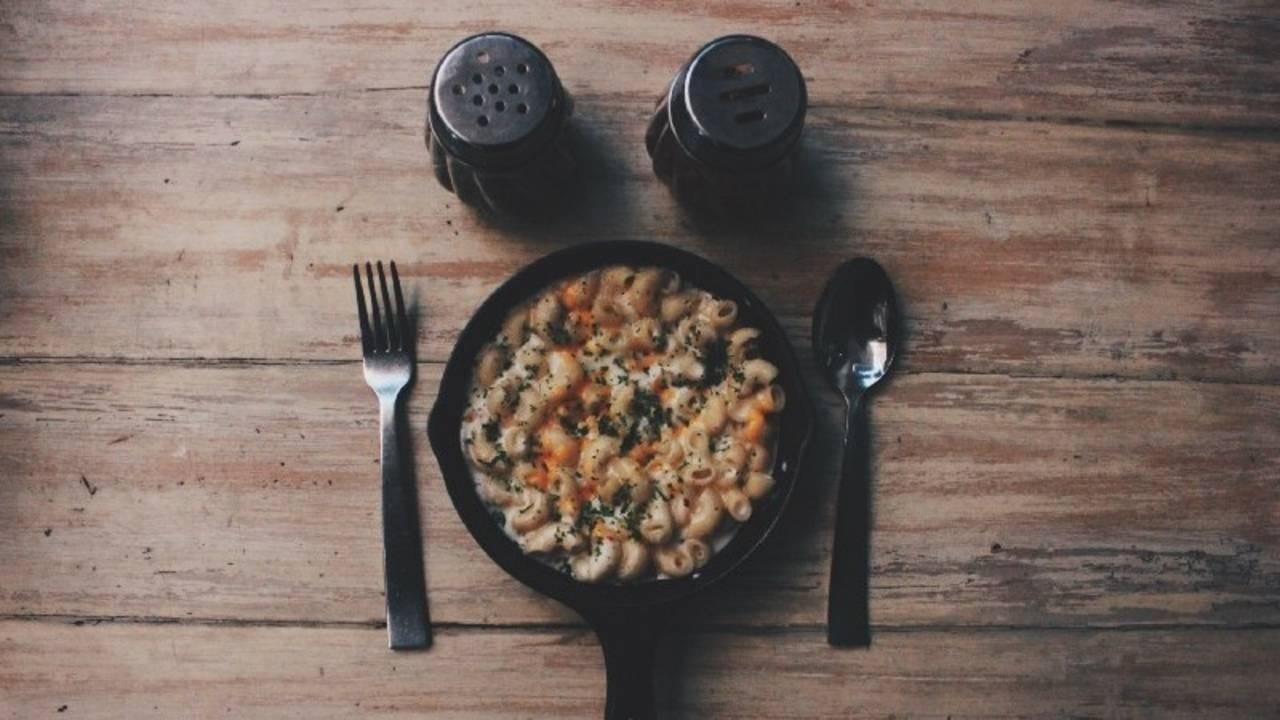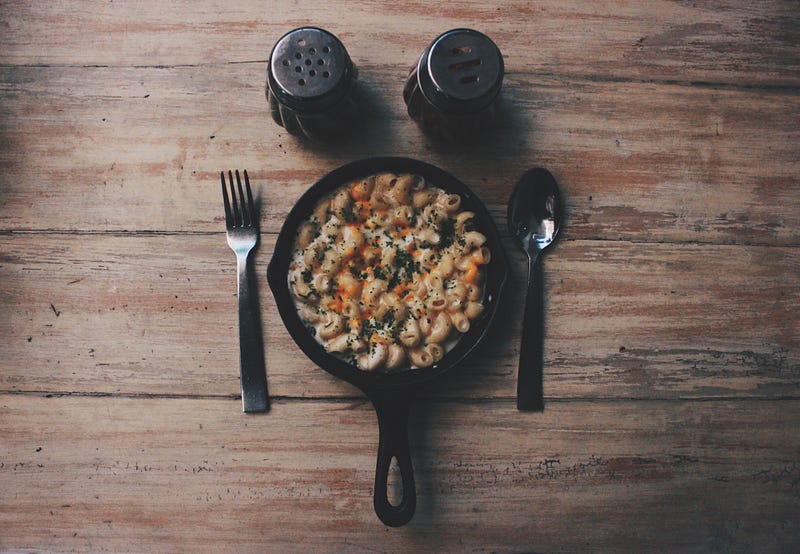Proper Dieting and Nutrition: A Crash Course

A brief outline of dieting and nutrition to help you stay on course

You started on your fit journey years ago it feels like. In reality, you just started your new diet today and it is only noon.
Anyone with me here? We know how difficult it can be to stick to a program or a diet. If you are following a certain program, sometimes the most difficult reasons are due to the fact that you don’t know why you are following a certain program.
Why can you not have a bagel in the morning? Or why do you need to have oatmeal and egg whites instead of bacon and toast?
Maybe you’re wondering why you are not able to have as many carbohydrates as before, and you just want to have those carbs!
We say this over and over but 80% of your results come from your diet and only 20% of your results come from your training. If your diet is not on point then your training will be of no use.
You go to the gym six days a week but if you also drink the whole weekend and eat pizza and Taco Bell late at night a couple nights a week — you’re shooting yourself in the foot. No one likes to be shot in the foot, right?
You’re destroying your growth and ability to go toward your goals. You need to stay consistent, and diet is the most important element.
What we will cover in this post is:
- The best time to eat shitty food if you have a craving
- A list of specific nutritional types of food (e.g. healthy carbs, lean meats/high protein foods, healthy fats)
- A list of foods you may think were healthy, but are actually not.
When is the best time to eat that burger?
The best time is probably rarely (like once a week or every other week), but if you are experiencing those cravings and have to have one, then have that burger within 2–3 hours of your leg or back day.
Why within 2–3 hours? Your muscles absorb carbohydrates up to four times as much during this window of time, which helps those “gains” actually amount to good gains instead of…well..not so good ones.
As Aaron Aragon from Prevention shares:
Exercise uses the glucose stored in your muscles. And to replenish those stores after a workout, your body starts shuttling more of the glucose from your bloodstream to your muscles, where it’s packed away for future use. This helps reduce blood-glucose levels quickly, even after a high-sugar meal. Consider it another reason to strength-train: That extra muscle gives you a larger storage area for glucose.
Your takeaway The more active you are and the more muscle you build, the less you need to worry about how foods affect your blood sugar. This is also why the best time to eat fast-absorbing carbs is just before, during, and right after your workout.
You wonder why some incredibly fit women can get away with eating a donut after an intense workout — this is part of the reason why. They cheat smart.
Why specific food types?
You may ask — so what types of food are going to be good for me to eat, and what foods should I stay away from?
In general, you will want to stay away from processed foods in general, such as processed meats, sugary cereals, or french fries. If you want to know a full list of foods to not eat, check out this really good post from eatthis.com which lists 75 foods not to eat.
Concerning what foods that are healthy, we have listed below for an easy reference. This should help you understand what to eat throughout the day if you’re not following a meal plan, along with some quick solutions when in a pinch.
Carbohydrates:
- Oatmeal — not the packet of quick oatmeal with brown sugar — normal Quaker Oatmeal is best.
- Ezekiel Bread — this bread has many great health benefits and is one of the staples in our meal programs
- Organic Sprouted Brown Rice — extremely good for you and free of some of the toxins you may see in other types of rice.
- Sweet Potatoes — one of THE BEST FORMS OF CARBOHYDRATES. Check out this great podcast by Shawn Stevenson for more information. Or learn these benefits of Sweet Potatoes or a quick read.
- Acorn Squash
- Legumes
- Black Beans
- Quinoa
- Bananas
- Broccoli
Proteins:
- 93/7 Ground Turkey
- 93/7 or 99/1 Ground Beef or Organic Ground Beef/Bison
- Liquid Egg Whites
- Organic Free Range Eggs
Good meatless proteins:
- GAT Whey Protein
- Alternate Protein: Hemp Protein
- Edamame
- Chia Seeds
- Greek Yogurt
- Tempeh
- Chick peas
- Eggs
Healthy Fats:
- Coconut Oil (GREAT FAT SOURCE)
- Avocados
- Whole Eggs
- Chia Seeds
- Extra Virgin Olive Oil
- Nuts — such as Raw (non-salted) Almonds
- Almond Butter
- Greek Yogurt
- Wild Caught Salmon
Foods that may be tricking you to think they’re healthy:
- Protein/Health Bars
- Yogurt Covered snack
- Fruit Juice
- Granola
- Skim Milk
- Sport drinks/diet soda
- Pretzels
- Wraps
- Restaurant Salads
- Dried Fruit
- Preserved Meats
- Flavored Oatmeal
- Trail Mix
- Frozen Yogurt
- Halo Top….*gasp*
Conclusion
We hope that this quick crash course in healthy and unhealthy foods, and how to cheat correctly helps you stay on track, so you are able to pursue a healthy lifestyle in a way that gives you freedom to experiment with different types of foods!
Want to understand how I use macro tracking to eat intuitively while staying in shape? Get the macro cheat sheet guide.
I worked with my team to put together a quick list of some of the most common foods so you are able to reference this as you are focused on maintaining a healthy lifestyle. Simple. Easy. Effective.
